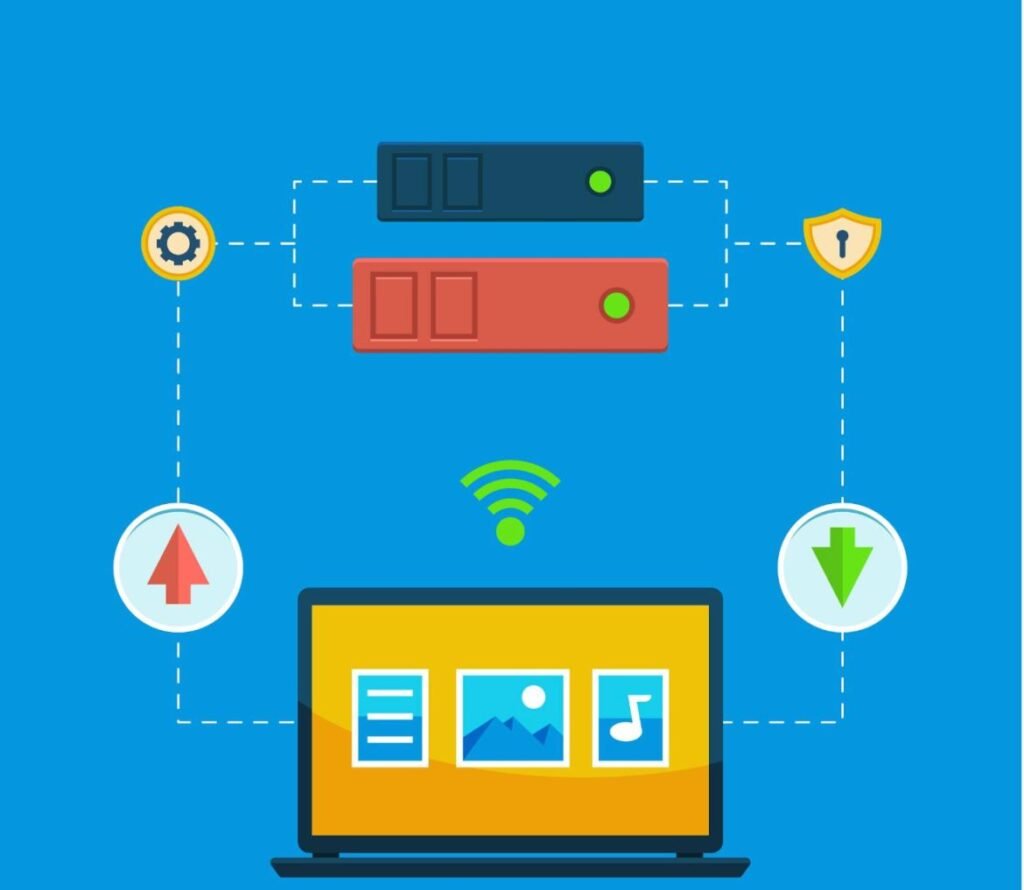Ever wondered why your home’s light switch doesn’t need an address, but a network’s Layer 2 switch does? Let’s dive into this topic with easy words and concepts!
What’s a Layer 2 Switch Anyway?
First things first, let’s understand our main character: the Layer 2 switch. Imagine a big traffic cop in the middle of a busy intersection. This cop decides which way cars (or in our case, data) should go. A Layer 2 switch does that for computers and devices in a network, making sure information gets where it needs to go.
The Need for an IP Address
Now, why would such a switch need an IP address? Let’s look at the reasons one by one.
Easy Management
If you have a lot of traffic cops (switches), you need to manage them easily. An IP address is like giving your switch a unique name tag. It allows network managers to find and configure the switch without being physically present. Just like calling a friend by name, the IP address lets you call up the switch and tell it what to do.
Software Updates & Configuration
Things change, and so does technology. Your switch needs the latest rules and updates to manage traffic efficiently. An IP address allows the switch to receive new instructions and software updates, just like receiving mail at your home address.
Troubleshooting
What if our traffic cop gets confused and starts sending cars the wrong way? We need to figure out what’s wrong quickly. An IP address allows network professionals to connect to the switch, diagnose, and fix problems, much like using a GPS to find and help someone in trouble.
VLAN Management
A VLAN (Virtual Local Area Network) is like having separate lanes on a road for different types of vehicles. A Layer 2 switch can create multiple VLANs to segment a network for better traffic management and security. The IP address is used to configure and manage these VLANs.
Advanced Features
Some networks have special zones or lanes, known as VLANs. These are like VIP sections in a club. An IP address helps manage these sections smoothly, ensuring VIP data goes to the right place without mixing with the general crowd.
Conclusion
In short, a Layer 2 switch needs an IP address for the same reason your home or phone has an address. It makes the switch identifiable and reachable. Whether it’s for management, updates, troubleshooting, or handling VIP data sections, an IP address ensures your network traffic is managed efficiently and effectively. Just like every house needs a number, every switch needs an IP to stand out and serve its purpose in the big, busy world of networks.
Suggested reads: WSerial Wonders: Behind the Scenes of Serial Production
HQPotner: Streamlining Business Collaboration and Team Management
